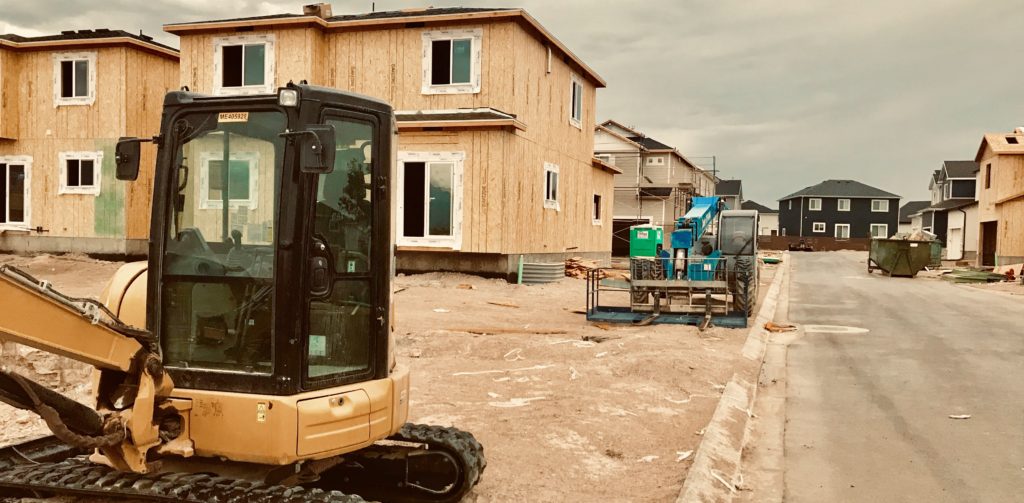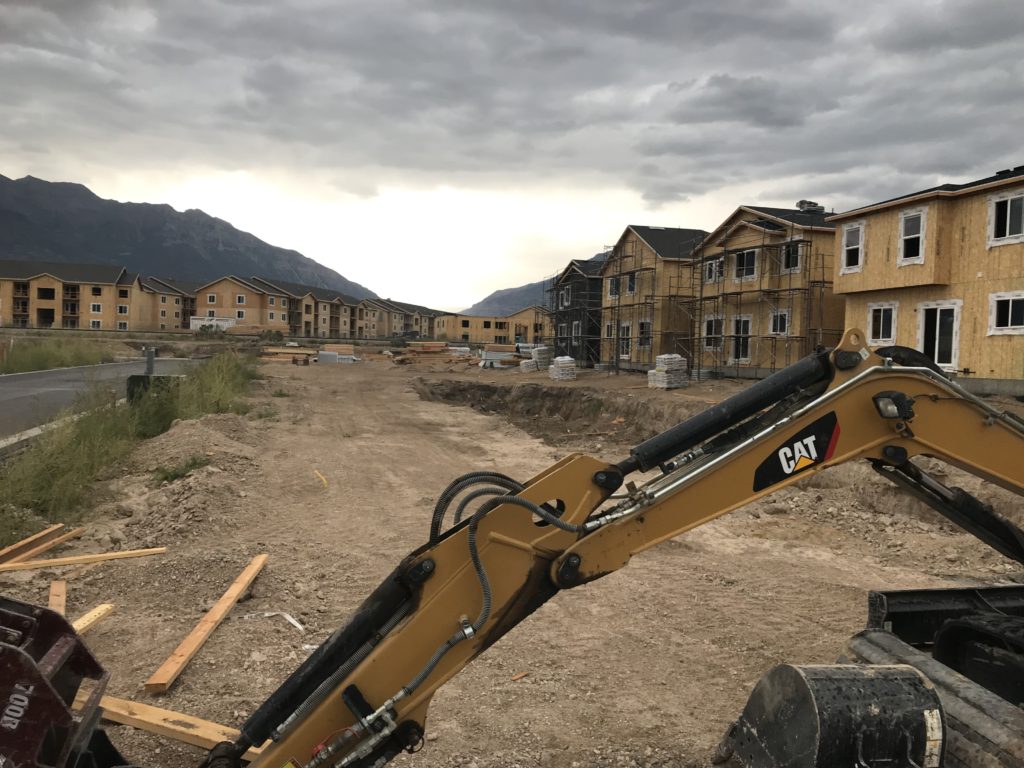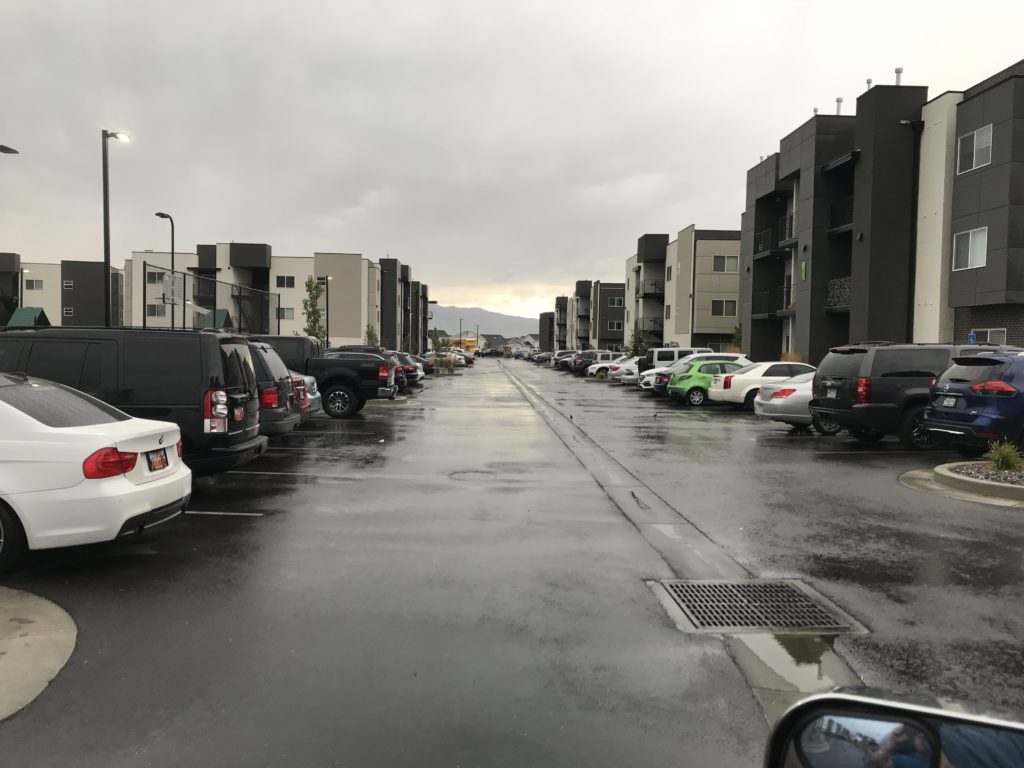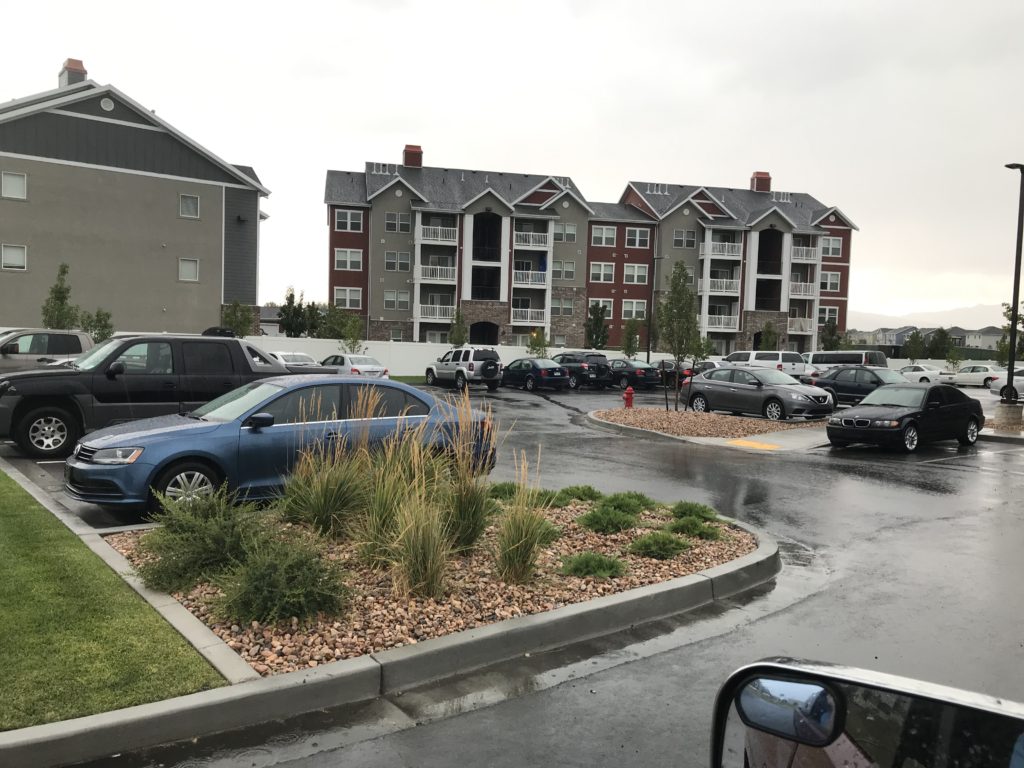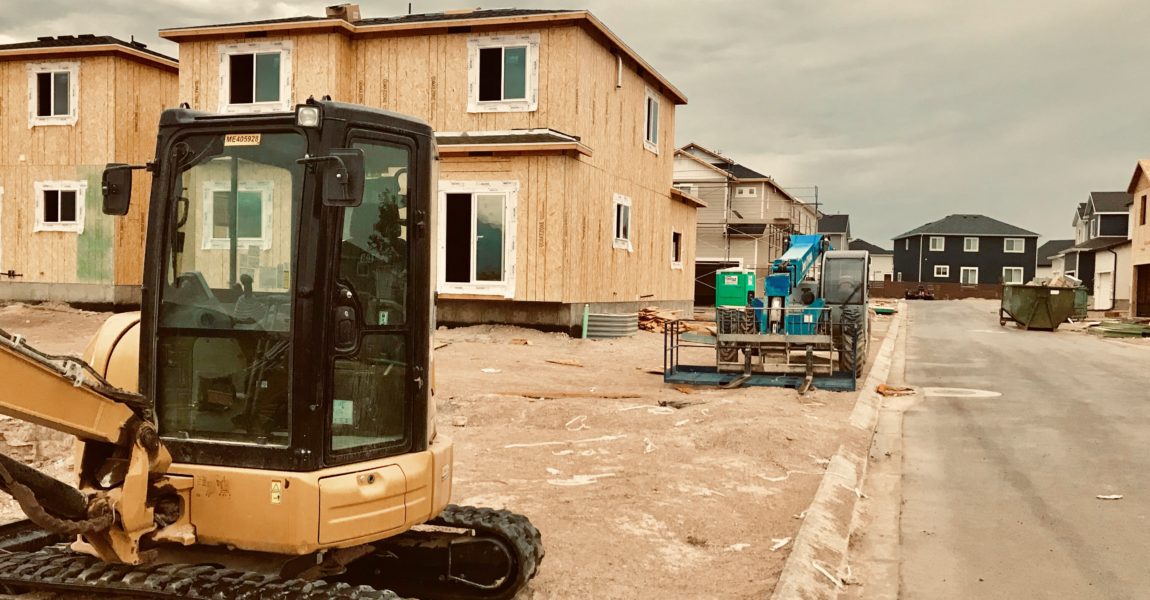
Many residents are concerned about continuing land development in Vineyard. Small lot homes, duplexes, four-plexes, townhomes, condos and apartments continue to spring up at what seems like an alarming rate.
Some would like all development to stop. Or at least be limited to single family dwellings on more traditional size lots.
Why does Vineyard need so much high density housing?
There is not one answer. (That would be too easy.☺)
The answer is a jig saw puzzle with several pieces. But like a good puzzle, when the pieces come together, the picture becomes clear.
So, here goes….
Let’s start our puzzle with a corner piece. Let’s start with Vineyard’s size.
Consider that Vineyard is only 6.4 square miles. And 2 square miles—nearly a third of that—is water.
Wetlands.
Streams.
Ponds.
Utah Lake.
That leaves 4.4 square miles of usable land. 2,816 acres.
Now, the second piece of the puzzle.
If all of that space were divided up into just traditional building lots and streets, there would be about 8,500 houses in the town. If all of those households each paid $1,000 in taxes straight to the city, that would give us a budget of $8.5 million.
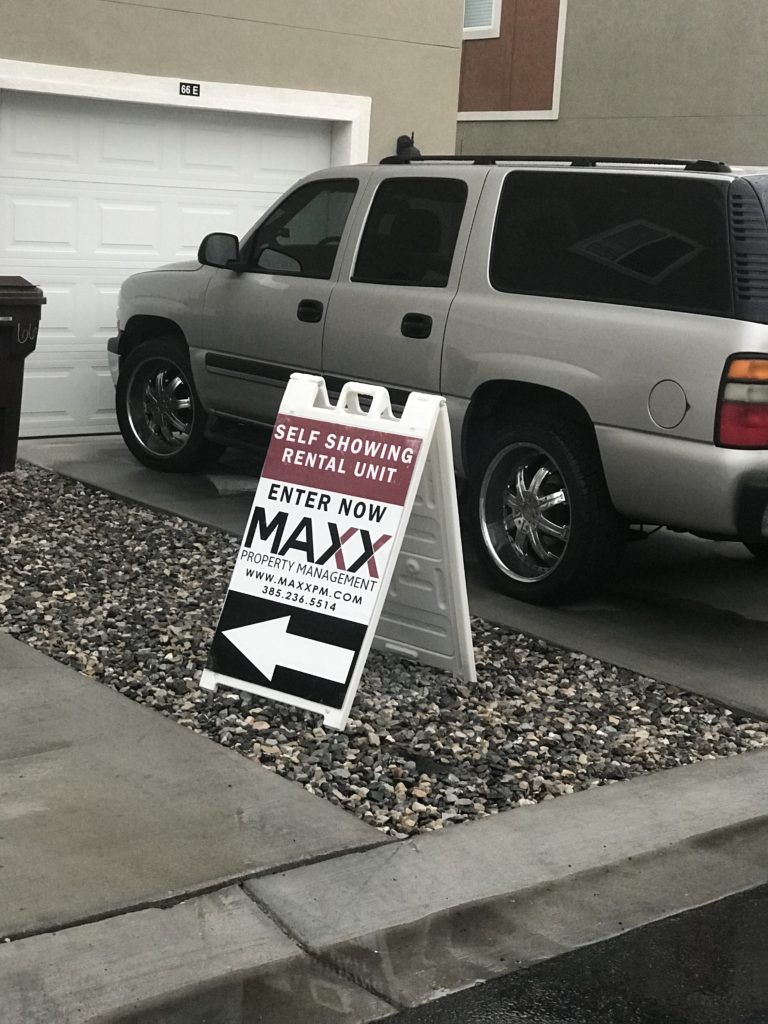
That’s a lot of money!
And that is what Vineyard has budgeted to build the overpass connecting Center Street to Mill Road this year.
But cities need more than overpasses.
Cities need roads, policemen, firemen, road crews, sidewalks, trails, traffic lights, street lights, snow plows, garbage trucks, stop signs, water lines, storage tanks, fire hydrants, fire trucks, sewer lines, pumping stations, electrical lines, gas lines, fiber optics, fencing, parks, pavilions, splash pads, trees, grass, shrubbery and more. And we—you and I—have to pay for it. All of it.
And the $1,000 in the example? If you check your county tax bill, you will find the part of your property tax that goes to Vineyard is much less than $1,000.
Vineyard could not do all the things we need it to do for us on just that tax alone. The city would have to greatly increase our taxes just to provide basic services—forget the overpass or Grove Park. And if it did, it would cost us too much to live here—our taxes would be higher than any other city in the region.
So, one reason for high density is to provide more homes—a larger tax base—so that more can be collected in property tax without raising taxes on everyone.
Now for puzzle piece number three.
There are other ways to bring in taxes—better ways: Businesses.
Businesses pay lots of taxes—more than residents do. There are permits, licenses, fees, property and equipment taxes and of course, sales tax.
These taxes go to many places, including the city in which the business operates. And the total dollar amount of business taxes is proportionately greater than that paid by residents—sometimes a lot greater.
Perfect!
All we need to do is get businesses into Vineyard so their local tax money will come to the city. That will give the city what it needs to build and maintain roads, utilities, police, fire, parks and so on.
Vineyard city officials have been working hard for a long time to do just that. Working with land owners, they set aside several areas along Mill Road, Geneva Road, and 1600 North for businesses to come and build.
Businesses like the Megaplex theatre. The new restaurants and shops in front of the Megaplex. The Furniture Lady, Coconut Cove and their neighbors off of 1600 North. The new O’Reilly Auto Parts on Geneva Road. And we can’t forget the Maverik, Dairy Queen, Anytime Fitness or Happy Dragon. The list goes on.
Businesses are coming. But they are coming slowly.
Very slowly.
And this is the fourth piece in our puzzle.
Businesses need someone to sell to. They need customers.
But more than that, they need enough customers.
Without enough customers, businesses fail, close down and can’t pay their tax bills.
Without a population base of more than 10,000 potential customers, most businesses will not consider expanding into an area.
We are grateful for our early adopters—the businesses that were here before we could muster our first 10,000 population count.
Many businesses require populations of 20,000 or more to be sustainable. Without high density housing, Vineyard would probably be able to meet the 10,000 population mark, but it would have serious trouble meeting the 20,000 threshold needed to start attracting larger volume business.
In 2010 our population was 139. Last year our population by one estimate was at 18,000. We believe this year, 2019, we will likely pass 20,000. The city’s general plan predicts a population of 36,000 when all housing units are completed and occupied.
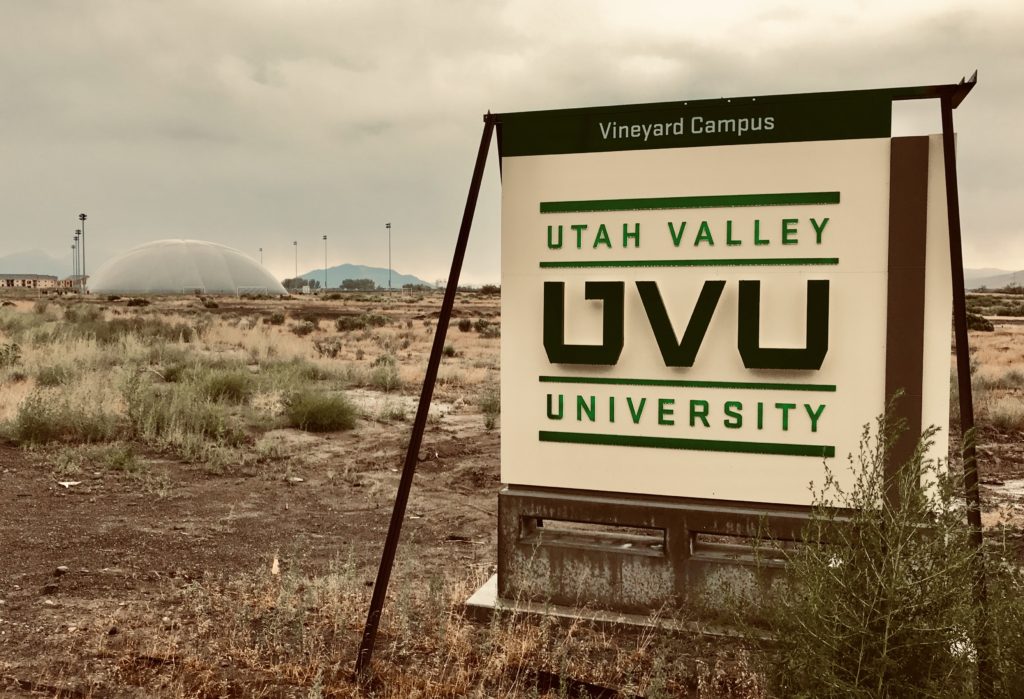
That is a lot of potential customers.
That is why businesses are starting to come.
The Golf Club.
Panda Express.
American First Credit Union
They see we are serious about providing them with a customer base that will bring them success. And if we follow through with that promise, success will come—bringing with it the tax dollars we need to make our city work.
So, if you like the parks, the roads, the utilities, the services, the safe, clean community we live in…you can thank high density housing. It is the engine that brought it here.
If we want to keep our parks, roads and utilities nice and complete the new projects that are underway (like the Center Street overpass) we need to continue working the plan—complete our planned housing, including the planned high density housing. That is the road to sustainability for Vineyard.
Now the fifth piece to our puzzle
Developers often over-sell and under-deliver.
In the past two years, I have been attending City Council and Planning Commission meetings nearly every week. I have seen this problem play out more than once.
We see grand proposals from developers of a park with play equipment, amphitheater, benches, volley ball courts and maintenance shed that will be built as part of a larger project. But then time and money run short. This brings the developer back with scaled down plans that are little more than grass and sand.
Likewise, industrial building proposals look striking and inviting when presented for approval, but when completed, the buildings do not always use the specified materials or conform to the exact building plans—substitutions had to be made for some reason, making the building look somewhat less striking and less inviting overall.
Apartment complexes proposed with parking to accommodate small families end up with six single adults per unit and three times the number of cars to be parked.
Developers propose neighborhood developments with lot sizes that do not add up, in the end leaving smaller lots for some than the zoning rules allow.
I believe these kinds of departures from the plan decrease and cheapen the anticipated ambiance, atmosphere and amenities of their neighborhoods. They make us feel more hemmed in.
Now the sixth piece of the puzzle—ADUs
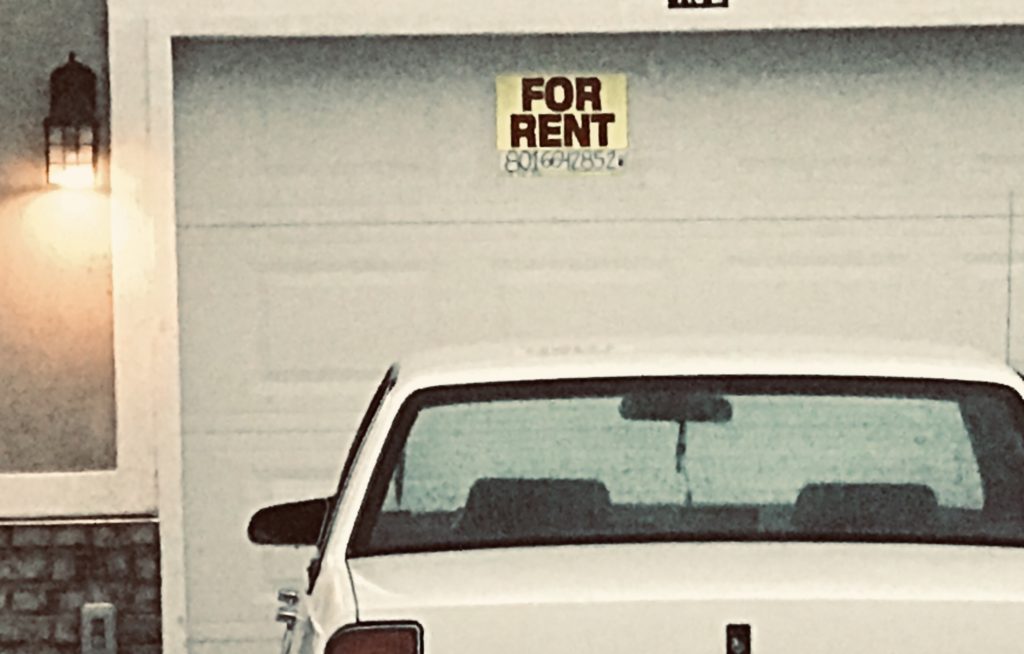
Or what the city calls Auxiliary Dwelling Units—the apartments created in your neighbors’ basements. One is hardly noticeable. But when you add in several in an already fairly compact neighborhood, the extra families and cars add up quickly. The density you signed up for, and the city approved, is now noticeably increased. You are faced with crowding and parking problems you did not buy into. We feel at least a little claustrophobic. It becomes uncomfortable.
And now for the last piece of the puzzle….
The city-wide parking shortage.
For all the reasons mentioned and others, we don’t have enough parking. There are more cars that need to be parked than there are spaces in our driveways, on our streets and in our parking lots. When coming home we feel pushed out onto other streets, over to the next apartment building or into a neighboring undeveloped field. Then there is the hike back home after parking. The congestion becomes less and less bearable and we really start to feel the squeeze.
And now the big picture.
I believe when you put these puzzle pieces together, you find the root cause of why many Vineyard residents have become dissatisfied with high density development. Contractors don’t always delver on their promises. Our own post-development growth and self-inflicted increases in density threaten our lifestyle and the lifestyles of those around us. It all leads to a loss of ambiance, amenities, comfort, sense of wellbeing, and of course parking.
We don’t end up getting what we were promised when we bought our homes or signed our leases.
This has to change.
And here is how I propose it be changed:
If elected, I will hold the line with developers. I will not vote for additional density outside that which is already approved and planned per the zoning ordinances and general plan. Period.
I will work with the City Council and City Staff to ensure that only projects which meet or exceed submitted plans in the form they were officially and publicly approved by the Commission and the Council receive final acceptance, occupancy permits, and so forth. No downgrades accepted.
I will work with the Planning Commission, Mayor and City Council to adjust ADU regulations to require neighborhood approval before ADUs can be built or occupied.
I will not vote to approve any project which does not include adequate parking or in some other way takes advantage of the residents of Vineyard.

